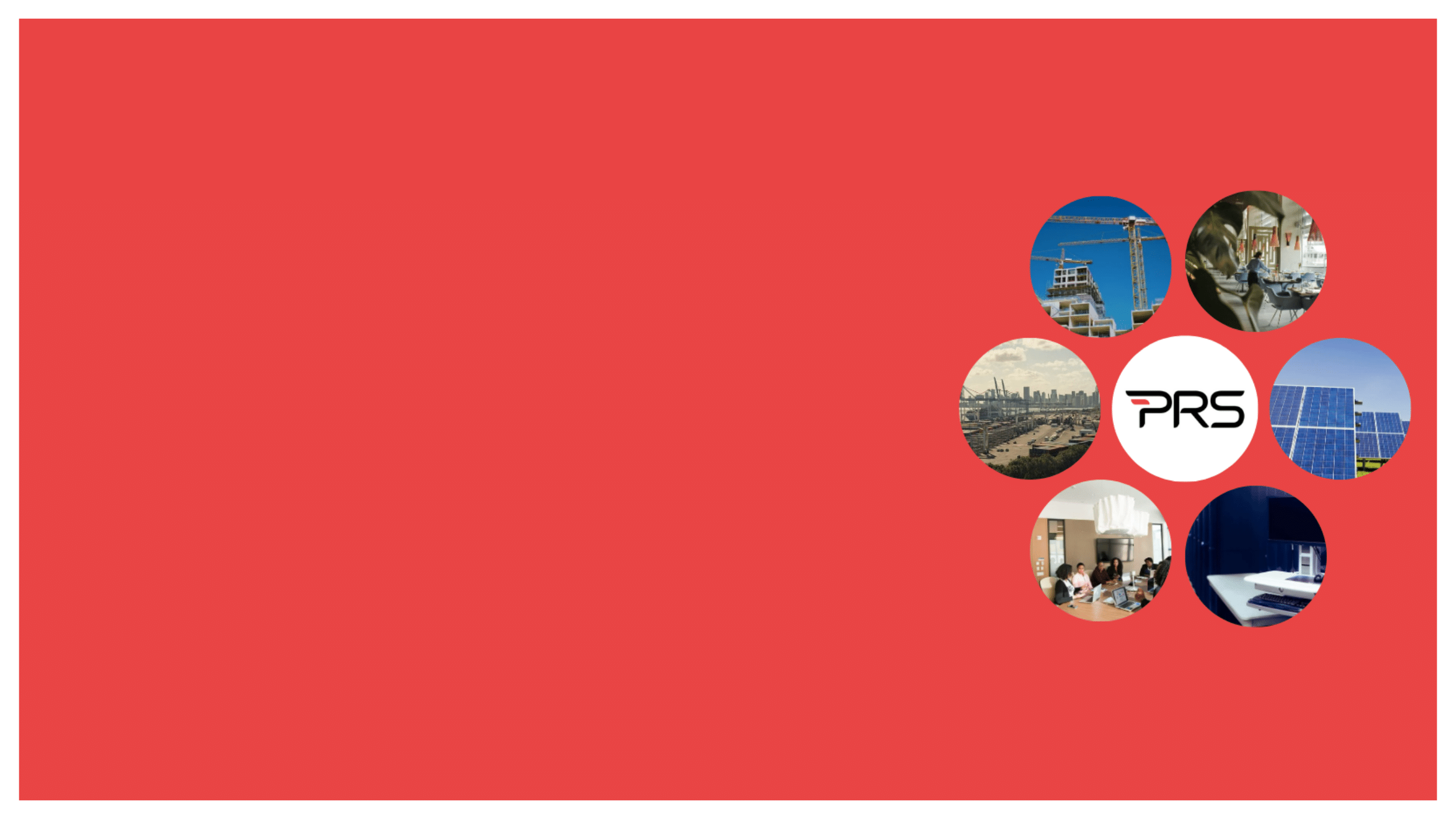The importance of proper building design and construction for energy efficiency
For those who work in building design, energy sector roles or construction industries, proper building design and construction are most likely already on your radar regarding energy efficiency. However, their importance is increasing along with the UK’s net zero goals.
One of the primary motivations behind energy-efficient building design is the urgent need to address climate change. Building construction and operation are responsible for a significant portion of global greenhouse gas emissions.
By improving building energy efficiency, we can substantially reduce these emissions and mitigate the impacts of climate change – especially crucial as nations worldwide (including the UK) strive to meet their carbon reduction targets outlined in international agreements like the Paris Agreement.
It’s also no secret that the UK’s housing is among the oldest and most poorly insulated in Europe, with most homes also depending on gas for heating. With the ever-increasing energy prices for homeowners and landlords and the industry’s environmental impact, poor energy performance will often result in the scrutiny of building design and construction companies.
Moreover, the financial benefits of energy-efficient buildings are increasingly becoming a significant driver for change. As energy prices continue to rise, the cost savings associated with reduced energy consumption become more critical.
Businesses can benefit from lower energy bills, making energy-efficient buildings both environmentally responsible and economically advantageous. This financial incentive encourages more building industry stakeholders to adopt energy-efficient practices.
Here, we examine how building design, construction and energy efficiency coexist.
The benefits of energy-efficient buildings
Ensuring the building design is as energy-efficient as possible usually involves constructing or updating buildings that can get the most work out of the power supplied by reducing energy and heat loss.
It isn’t just about new buildings – updating existing buildings to be energy efficient is just as important. Retrofitting existing buildings in Europe with better insulation could save double the carbon dioxide that France emits in one year.
Energy efficient homes, in particular, whether renovated to be more efficient or newly built to be energy efficient, have numerous benefits. For example:
- Less expensive to operate
- More comfortable to live in
- More environmentally friendly
Many people in the building design and construction industries argue that updating existing buildings has a far more significant impact on energy efficiency than constructing new ones. If insulation (such as stone wool products) were used to save energy rather than generate more renewable energy, upwards of €22 billion would be saved.
In addition to financial savings and environmental benefits, energy-efficient buildings can also enhance property values. Homes and commercial buildings with higher energy efficiency ratings are often more attractive to buyers and tenants.
This increased demand can increase property values and rental incomes, incentivising building owners to invest in energy-efficient upgrades.
How to make buildings more energy efficient
- Increase natural lighting
Many building designers add skylights to buildings to improve access to natural lighting. They also install south-facing windows to increase indoor lighting without added glare. Building designers and those constructing new builds increasingly add many natural-light-enhancing features to commercial structures to decrease energy waste.
- Build upwards instead of outwards
Using space optimisation techniques is critical to improving a building’s energy efficiency. Building upwards rather than outwards has a positive impact not only on material waste but also on the amount of electricity used. It also improves HVAC efficiency, as it minimises the effects of outdoor temperatures. Put simply, building upwards effectively reduces energy loss and conserves natural spaces surrounding buildings.
- Consider all possible weather conditions
Depending on where your building is, it is essential to consider the regular and possible weather conditions. Installing revolving doors in commercial buildings is often a go-to for building designers, as it improves energy efficiency. Bound door and window frames with weatherstripping to create a barrier between indoor and outdoor temperatures.
- Install smart thermostats and lighting
One of the most sought-after additions to buildings is autonomous thermostats. These thermostats can connect to conventional HVAC systems, helping to maintain energy-efficient indoor temperatures.
Smart thermostats use natural weather patterns to support indoor temperatures, considerably reducing HVAC energy consumption. They can turn an HVAC system off entirely in an empty building and connect to a facilities manager’s smartphone, enabling them to control indoor temperatures remotely.
The same can be said for intelligent lighting, which uses motion sensors to control lighting in buildings.
Get in touch
If your organisation is recruiting for careers in renewable energy, building design, construction or facilities management, contact PRS’s expert recruitment team.
Share Article
Related Articles

Facilities Management Recruitment: Where Are the Best Jobs Right Now?
Facilities Management Recruitment: Where Are The Best Jobs Right Now? Facilities management has always been a crucial part of keeping businesses running smoothly, and now, more than ever, the sector is buzzing with opportunity. Whether you’re a seasoned facilities manager or just getting started, there’s a huge demand for talent across the UK. So, where…

Top Interview Questions for Hiring Facilities Management Professionals
When recruiting facilities management professionals, asking the right interview questions is crucial for identifying candidates with the technical skills, leadership qualities and problem-solving abilities necessary for success. As recruitment specialists with extensive experience in the facilities management sector, we understand the unique challenges you face when building your team. Key Interview Questions to Ask Facilities…
